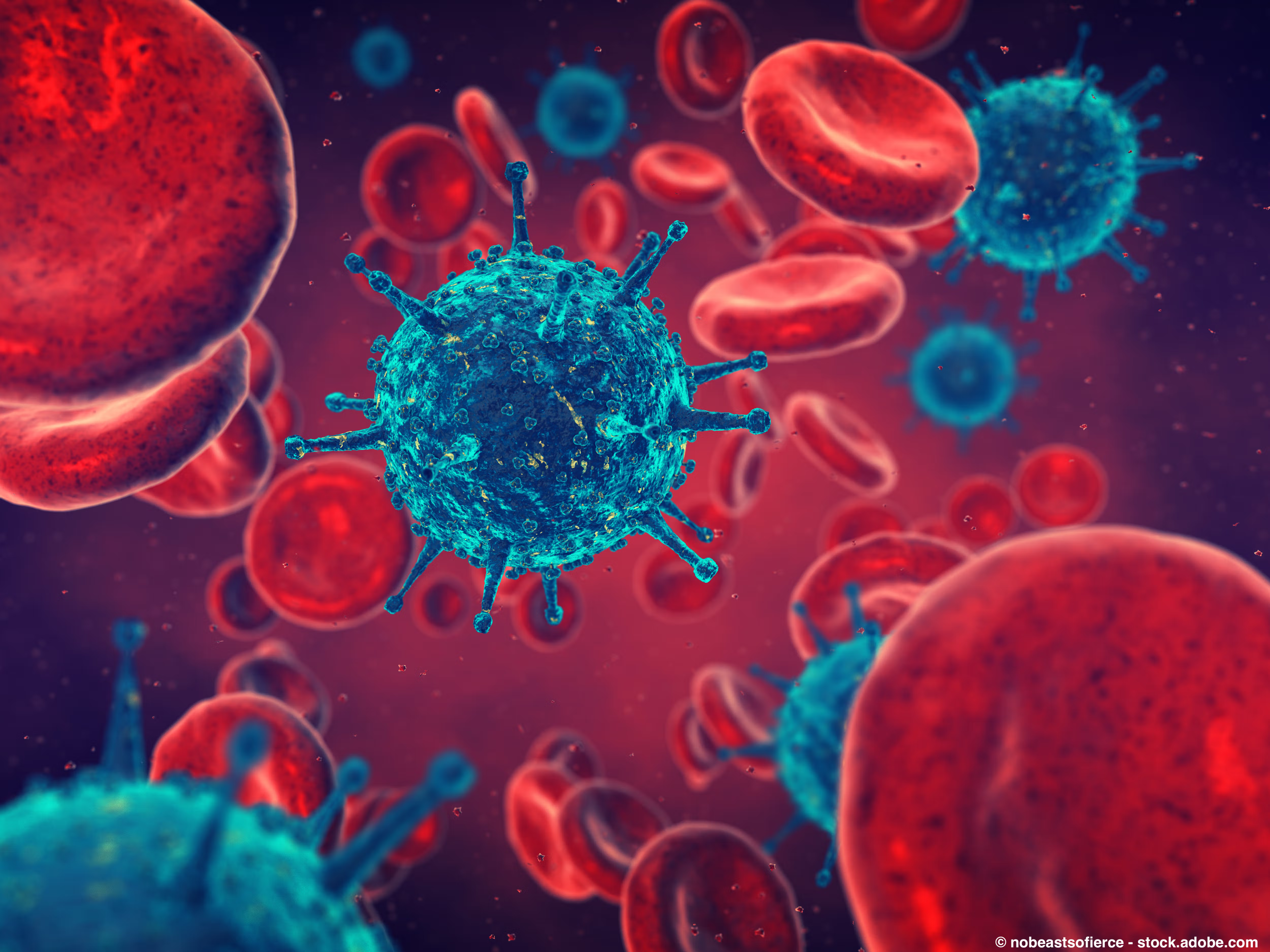Article
How Cancer Affects Survivors’ Relationship With Their Hair
Author(s):
We surveyed the CURE® audience about how cancer impacted their relationship with their hair. Here’s what they had to say.
Cancer can have major effects on patients’ outward appearance — from weight changes to hair loss.
In a recent #CUREConnect, we asked our audience on social media, “How did cancer affect your relationship with your hair?” Here’s what they had to say.
A Look on the Bright Side
“I had short hair, so losing it during chemo wasn’t traumatic at all. (I had a hair shaving party when it started falling out.) When it grew back in, the only thing that was different was the color (no chemo curls though) and I love my new color. Also I’ve decided to keep my hair super short— not quite chemo short/bald but very, very short. I’ve gotten tons of compliments on it. Losing my hair — for me — was just part of the journey.” — Andra H.
“I never got so many compliments on my hair as when it grew back post chemo. Grey at 43 and crazy curly, but everyone comments on it!” — Jennifer K., a triple-negative breast cancer survivor
Difficult Parting
“I had long, blonde, curly hair when I was diagnosed. Because of my upbringing, I tied my hair to my femininity. Losing it was very hard, on top of losing my uterus and ovaries. People say it’s just hair and it’ll grow back. Not helpful. It has never been the same. I’ve coped with pretty scarves, sparkly beanies and now bright-colored hair like teal and purple. We need to validate women’s feelings however they are impacted — or not.” — Kelly Irvin, an ovarian cancer survivor and CURE contributor.
Some cancer survivors have mixed feelings about how their cancer affected their relationship with their hair.

“It was very hard for me to deal with the fact that it was all (going to) fall out. It used to be hip length and super thick. Now six years later, its almost waist length, semi-curly and super thin. Pretty upsetting, but sometimes I feel almost vain for being so upset about the hair when there were other more important things. I guess you could say the relationship is complicated.” — Steph.
“My hair frequently serves as a reminder of my cancer treatment. Whenever I style it, go for haircuts or take a photo, I’m reminded that chemo caused this. I don’t actually have any issues with the changes in my hair (thin, brittle and not as curly). I can learn how to style it. It’s the resulting sadness and feelings of loss that are the worst.” — Jennie, a gestational trophoblastic neoplasia survivor
Embracing the ‘New Me’
“My hair was part of my identity. I was the girl with the curly hair. My kids drew pictures of me with circles around my head. So losing my curls was a huge loss. I loved my wig, but I missed my curls. Now my hair is growing back all grey, and I am sporting a short cut and I am rocking it! I have embraced that this is the new improved ME.” — Rose C., a multiple myeloma survivor
“I used cold caps during chemo. It helped some, but I used to have a lot of hair. The caps work great for straight thin hair. That was not me. So I ended up having a bunch of bald patches that are filling up slowly. I got two different lengths and two different textures of hair. Every other week, I (must) play the game of how are we styling this ‘new hair’ as the hair in the bald spots grows. I’m starting to get used to it. It got me down for the longest time when I could see my receding hairline and bald spots.” — Margarita F.
READ MORE: Cold Comfort: How Scalp Cooling Can Preserve a Cancer Patient's Hair
“Prior to cancer, my hair was stick straight, with no body and very thin. After cancer, my hair grew back exactly the same. What I did learn was that I loved being bald. So in 2009, I shaved my hair for St. Baldrick's and haven't had hair longer than an inch ever since. I would never have known how much I love being bald had it not been for cancer.” — Carolyn B.
“When I started losing my hair after my first treatment, I embraced my baldness. I LOVED it! I hate my virgin hair. When it grew in, it came back a different color and now it's thin and baby fine. It used to have body and curl, but now, it's stick straight. I've threatened to shave it off and go bald again.” — Roberta C., a stage 3 endometrial cancer survivor
For more news on cancer updates, research and education, don’t forget to subscribe to CURE®’s newsletters here.




